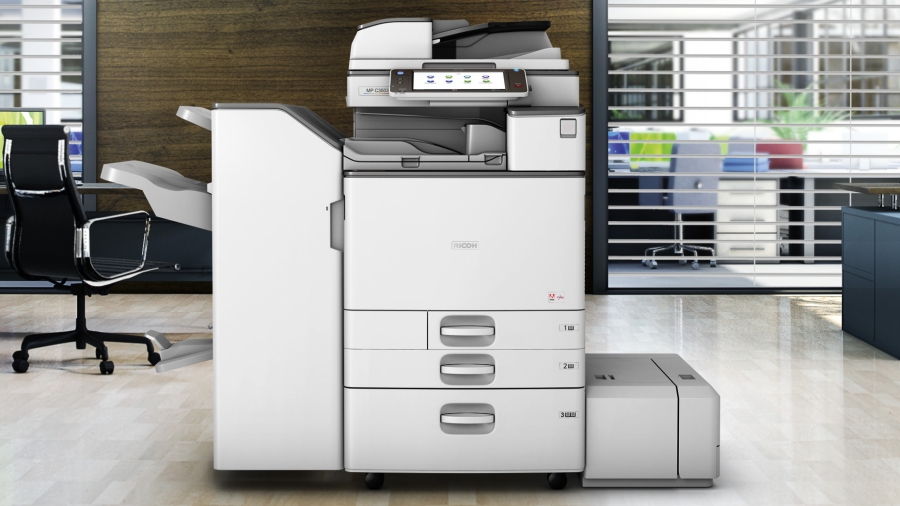The paperless office: will it ever happen?
We get the low-down from OKI

Despite so much of our everyday work taking place on electronic devices and the majority of our communications passing through the digital realm, we still have a hell of a lot of paper lying around our offices.
We recently looked at how cutting back on paper usage not only modernises a workplace and adds to its green credentials, but actually produces tangible financial gain. And yet, studies find our paper consumption is still increasing year-on-year.
To find out why, we spoke to a company who know all about this side of the enterprise, as Andrew Hall, marketing manager of printing solutions firm Oki, answered our questions.
TechRadar Pro: Why do you think the paperless office has largely failed to materialise?
Andrew Hall: Ultimately, every company has an intrinsic need for printed output. The paperless office is unlikely ever to become a reality because workers will always want hard copies of their emails, reports and other business documents.
A recent survey of more than 2,000 office workers carried out by OKI Systems UK illustrates the point. An overwhelming 92 per cent of those polled still carry out some kind of printing daily, with nearly half printing more than ten pages each day.
TRP: Are we entering an era where paper becomes less important in an office environment, simply because we now have tablets and smartphones?
Are you a pro? Subscribe to our newsletter
Sign up to the TechRadar Pro newsletter to get all the top news, opinion, features and guidance your business needs to succeed!
AH: No. This is unlikely to be the case. The OKI survey revealed that many employees are now expecting to connect to office printers from their own smartphones and tablets. Of the 24 per cent who bring their own phones and tablets into the work environment, a substantial 45 per cent print from these devices using the office printer.
At the same time, mobile printing apps that enable the wireless use of a variety of printers are becoming increasingly popular. Depending on the organisation involved, a managed print and document policy may need to take this into account.
The customer's requirements should always be paramount here. So, once again, vendors and their reseller partners need to work closely in tandem to ensure what is delivered is tailored closely to the needs of the business.
TRP: How can technology help small businesses reduce their reliance on and use of paper?
AH: Technology can play an important role in doing this but it is only really effective if deployed as part of a coordinated and carefully considered print strategy. Measures to cut paper usage can be very simple – for example ensuring that for every day work, double-sided printing using duplex printer technology is the default option.
Alternatively a strategy can be implemented that may involve replacing diverse and ageing printers with new multifunction devices that enable paper-free document flow such as scan or fax to email.
TRP: Do you think a totally paperless office environment will ever be possible?
AH: For most organisations, the paperless office is a bit like "utopia" in that it is an ideal that is difficult to achieve. It is unlikely to become a reality because workers and working practices are used to having paper-based documents and will continue to want and need hard copies of reports and other essential business documents.
It is questionable, even if it were possible to achieve it, whether becoming full paperless would actually be a desirable goal. There are sound reasons for much of this day-to-day printing. Some 59 per cent of those polled in the OKI survey, for example, cited the need for hard copy evidence as a reason for printing, highlighting the demands of regulatory and compliance requirements.